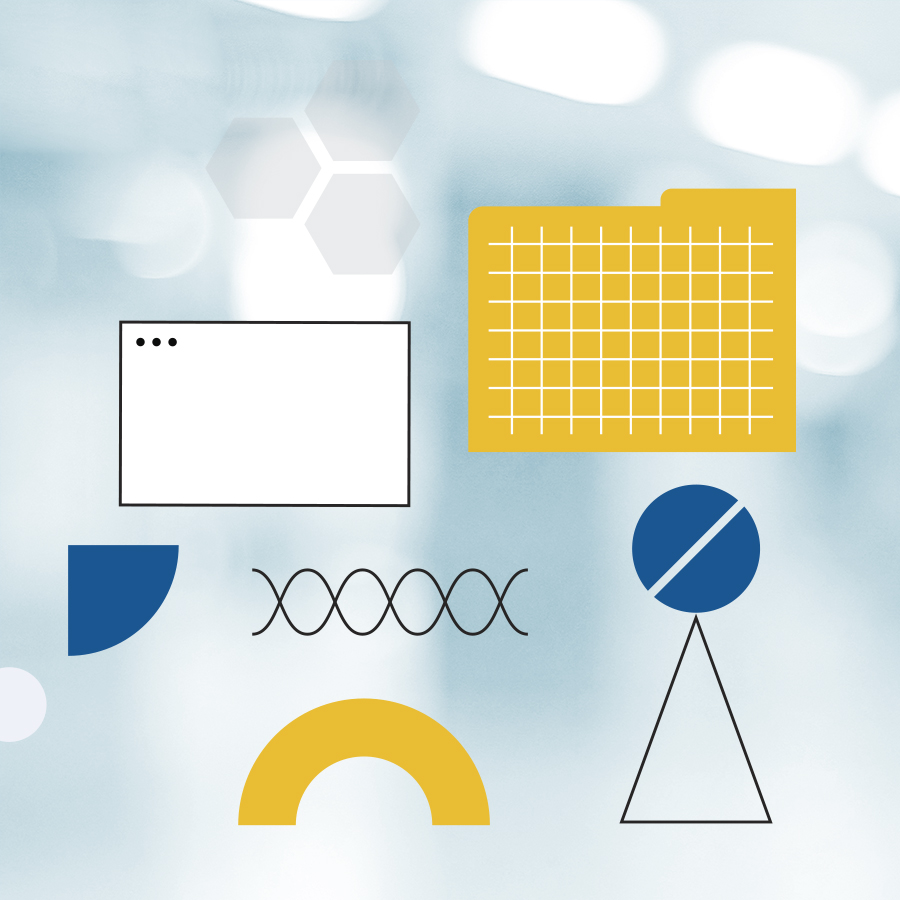-
Property & Casualty
Property & Casualty Overview
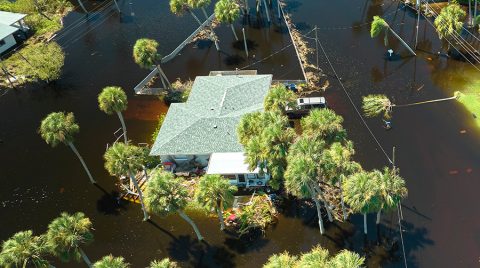
Property & Casualty
We offer a full range of reinsurance products and the expertise of our talented reinsurance team.
Expertise
Publication
Structured Settlements – What They Are and Why They Matter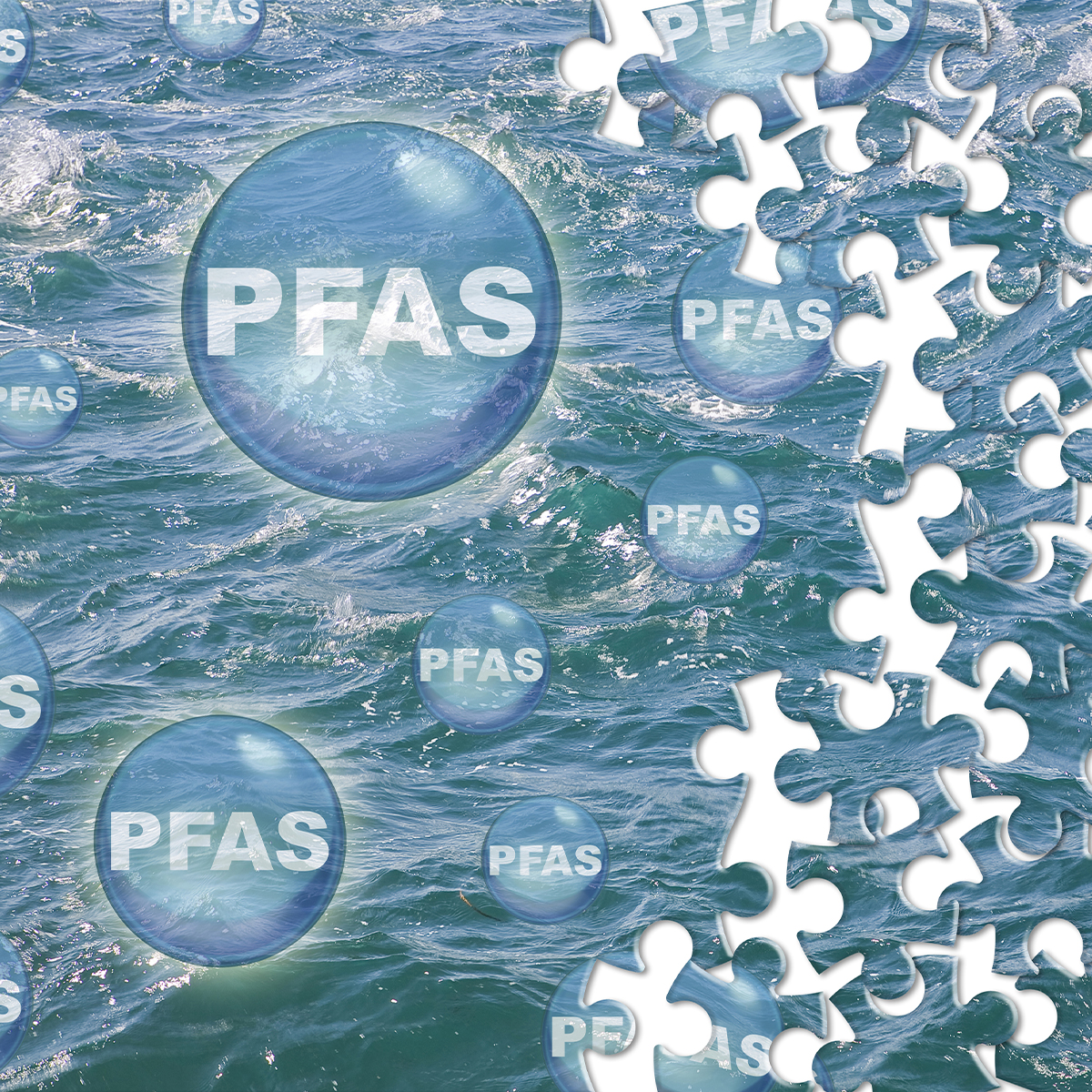
Publication
PFAS Awareness and Concern Continues to Grow. Will the Litigation it Generates Do Likewise?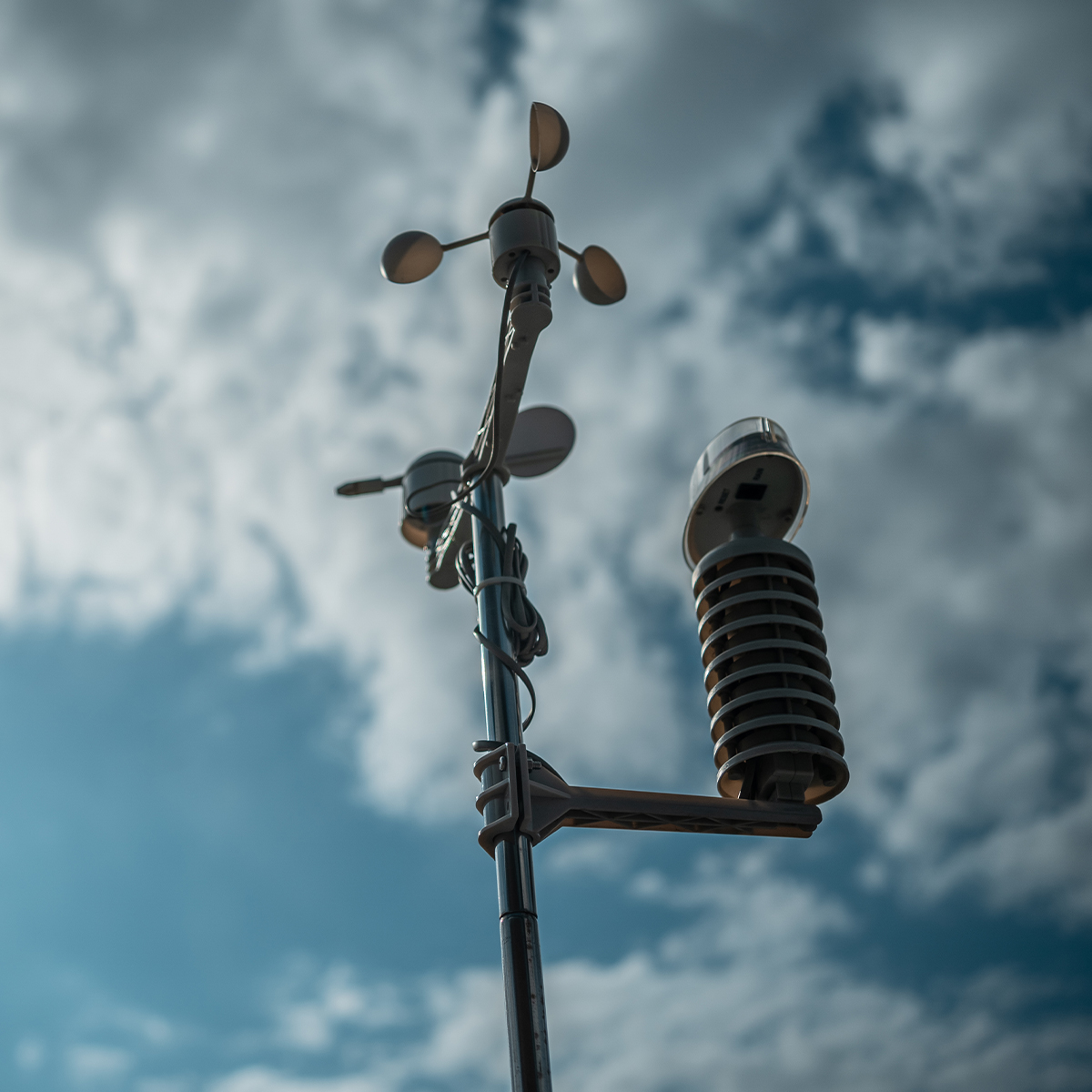
Publication
“Weather” or Not to Use a Forensic Meteorologist in the Claims Process – It’s Not as Expensive as You Think
Publication
Phthalates – Why Now and Should We Be Worried?
Publication
The Hidden Costs of Convenience – The Impact of Food Delivery Apps on Auto Accidents
Publication
That’s a Robotaxi in Your Rear-View Mirror – What Does This Mean for Insurers? -
Life & Health
Life & Health Overview

Life & Health
We offer a full range of reinsurance products and the expertise of our talented reinsurance team.
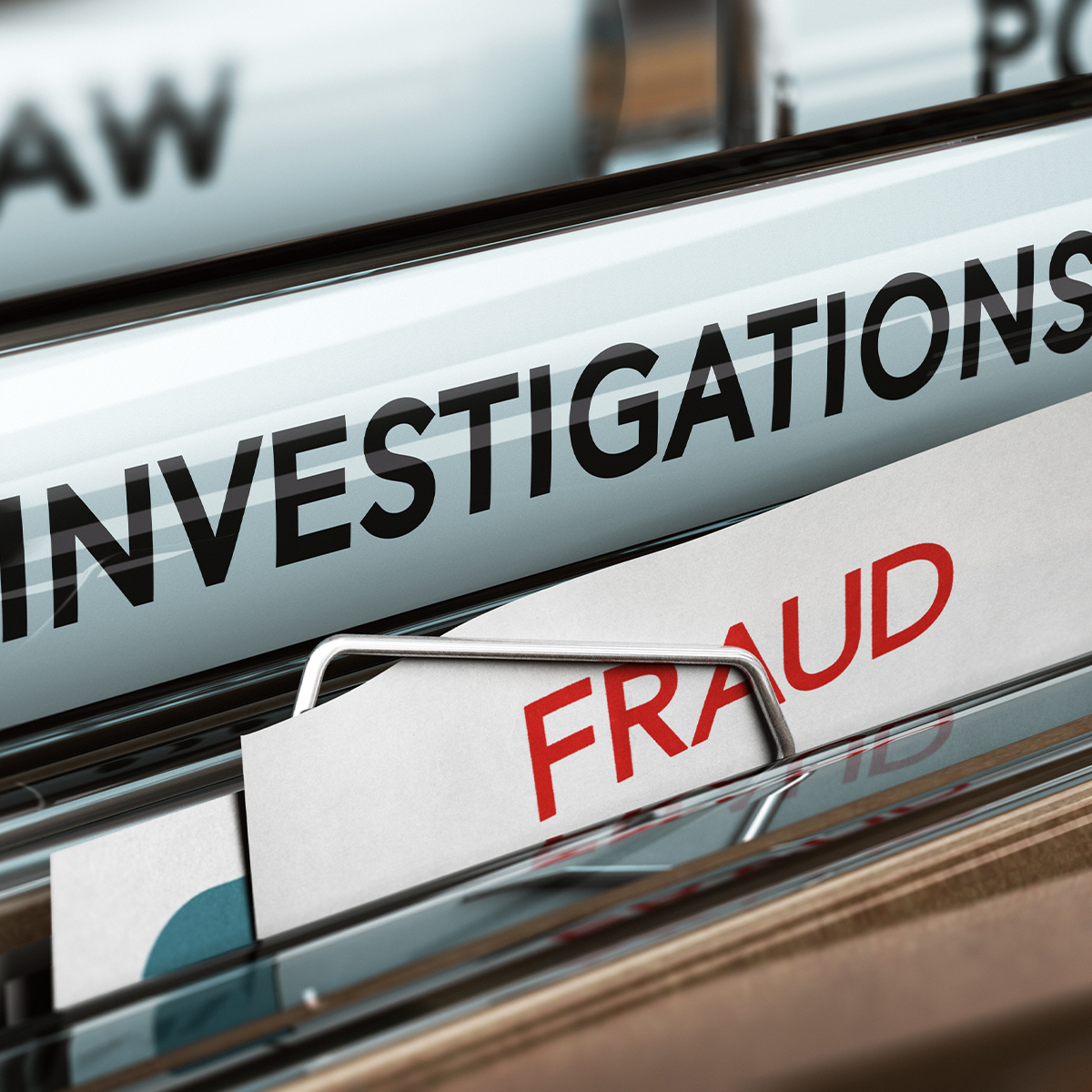
Publication
Key Takeaways From Our U.S. Claims Fraud Survey
Publication
Favorite Findings – Behavioral Economics and Insurance
Publication
Individual Life Accelerated Underwriting – Highlights of 2024 U.S. Survey
Publication
Can a Low-Price Strategy be Successful in Today’s Competitive Medicare Supplement Market? U.S. Industry Events
U.S. Industry Events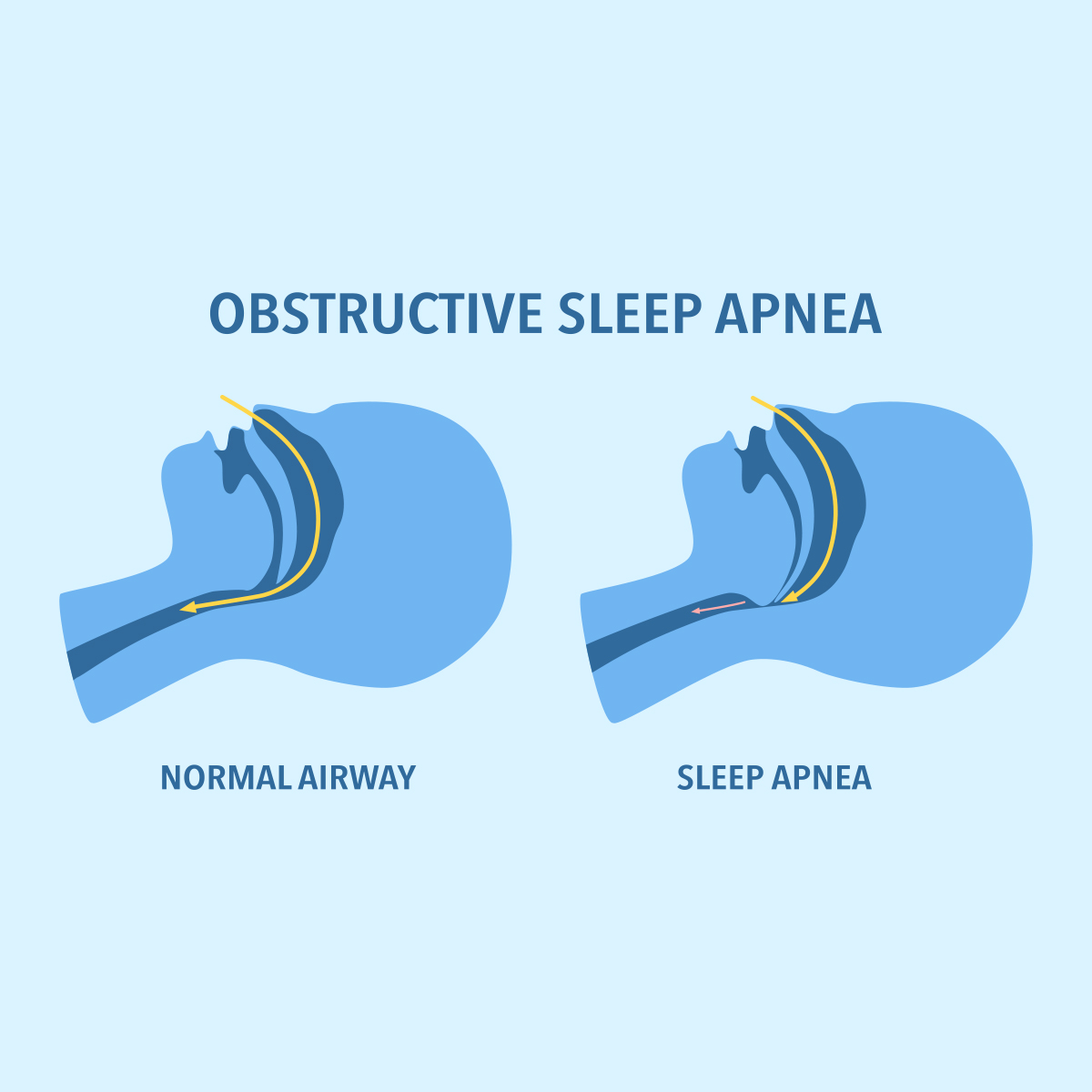
Publication
The Latest in Obstructive Sleep Apnea -
Knowledge Center
Knowledge Center Overview

Knowledge Center
Our global experts share their insights on insurance industry topics.
Trending Topics -
About Us
About Us OverviewCorporate Information

Meet Gen Re
Gen Re delivers reinsurance solutions to the Life & Health and Property & Casualty insurance industries.
- Careers Careers
Liquor Liability Trends - Serving Up Insurance Opportunities and Challenges

July 26, 2017
Renate Jordan,
Diane Hyland
Region: North America
English
Many insurers that are looking to grow their commercial lines book have turned to alcohol - that is, liquor liability insurance. We regularly see mainstream and specialty writers with new filings addressing liquor exposures.
One of the biggest liquor industry trends also “crafts” an opportunity for the insurance industry. Do you have a favorite craft beer, wine or spirit? If so, you are not alone. The craft alcohol business has grown by pints and gallons in recent years. Consider these industry findings:
- Microbreweries grew 17% in the past year, and regional craft breweries increased by 32%.
- Craft distilleries posted a 226% rise in permits since 2010, roughly 38% annually.
- Wineries enjoyed a more modest but still notable 4% growth for the year.

Many of these businesses have grown from individual home-brewing/distilling to a larger public-facing business based on the success of a product. In this transition, though, the owners might not be aware of the liability they risk in selling to the public. Understanding the needed insurance coverage and types of potential claims, along with the value of risk management assistance, is crucial for insured and insurer in this niche.
Underwriters take many factors into account when evaluating alcohol establishments, individually and as a book. Some factors are purely operational, such as location or staffing. Some are driven by regulations, such as hours of operation and limitations on alcoholic content. Ultimately, state-specific dram shop laws provide a framework for evaluating the risk and jurisdiction and developing a price for the exposure.
How does the new craft alcohol industry fit into an insurance company’s existing bar and restaurant underwriting practices? Not knowing how these new types of alcohol establishments are alike or different from the existing insured base could lead to unpleasant surprises.
Alcohol content is one example of potential differences leading to higher liquor liability exposure. In some states, craft beers can reach 15% or more ABV (Alcohol By Volume), much higher than national brands, which are typically at 5% or less. Knowing the amount of alcohol in a serving has historically been one way for both patrons and servers to measure the amount of alcohol consumed. Motivated by a desire to attract more businesses and woo customers from neighboring states, one state recently removed the ABV cap altogether. Could a change like this have an impact on the ability of servers to assess how many drinks a customer can have before he or she are cut off? Might consumers drink the same two beers they always have without understanding the impact of the higher alcohol content before it is too late? Hours of operation, sampling and serving limitations as well as food requirements may also differ between a bar and a microbrewery/distillery/winery.
In the end, craft alcohol operations in any one state may present a different underwriting picture than the neighborhood bar. Depending on the state specifics, the exposure can be higher or lower and understanding the implications is the key to successfully writing a book comprised of such risks.
Breweries, wineries and distilleries offer opportunities to expand your existing liquor book. Knowing how the craft alcohol industry is similar to - and different from - traditional alcohol business is critical to doing it profitably. Take a look at a sample of a publication we provided mid-Atlantic clients.
It’s not too late to tap into the craft alcohol boom. Let us know if we can help you.



